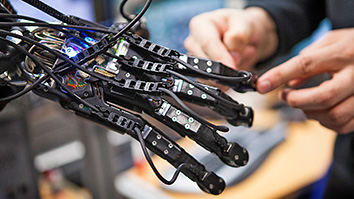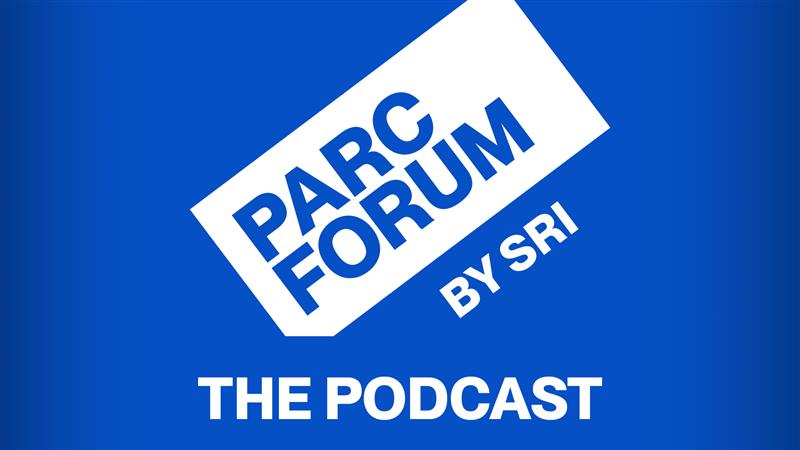
SRI imaging technology supports a record-shattering NASA mission.
On December 18, 2024, NASA’s Parker Solar Probe passed closer to the sun than any human-made object in history. The Parker probe is the first instrument to study the sun from inside the sun’s intense corona, and is also the fastest human-made object of all time, traveling at 430,000 miles per hour.
One of the probe’s core instruments — the U.S. Naval Research Laboratory’s Wide-Field Imager for Solar Probe (WISPR) — depends on two coronagraph telescopes that incorporate SRI’s active pixel CMOS detectors.
SRI’s work on the Parker probe earned an Edison Award in 2020.
On December 27, 2024, NASA confirmed that the Parker probe had survived its close encounter with our nearest star, passing within 3.8 million miles of the solar surface.
But beyond setting records, why is sending a probe so close to the sun important? The most meaningful outcome of this work will be a better understanding of solar weather. Solar wind and solar storms can impact satellites, terrestrial communication, and even power grids. The Parker probe has already revolutionized our understanding of how solar wind forms, and will continue to provide data that may improve our ability to predict and prepare for these disruptive solar events.




